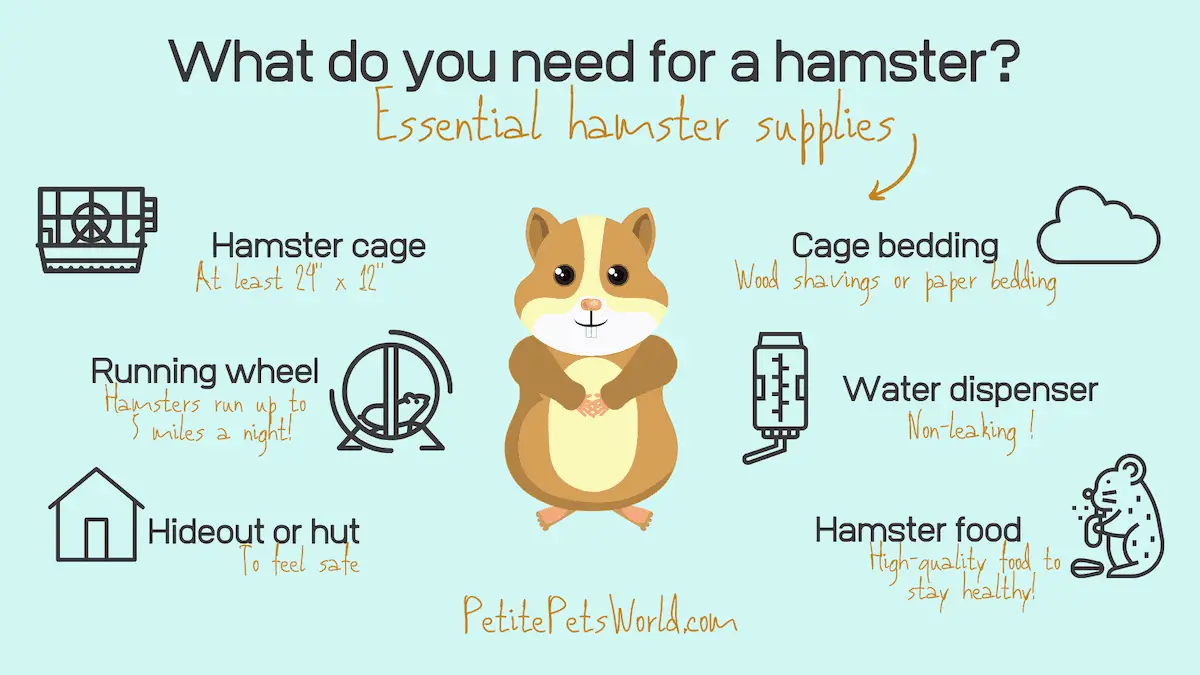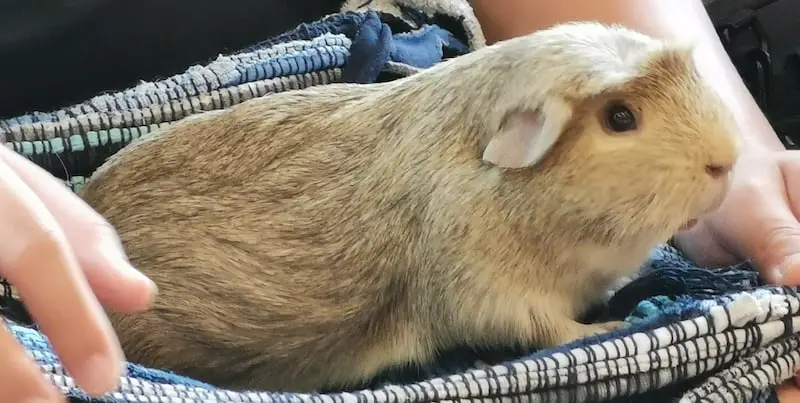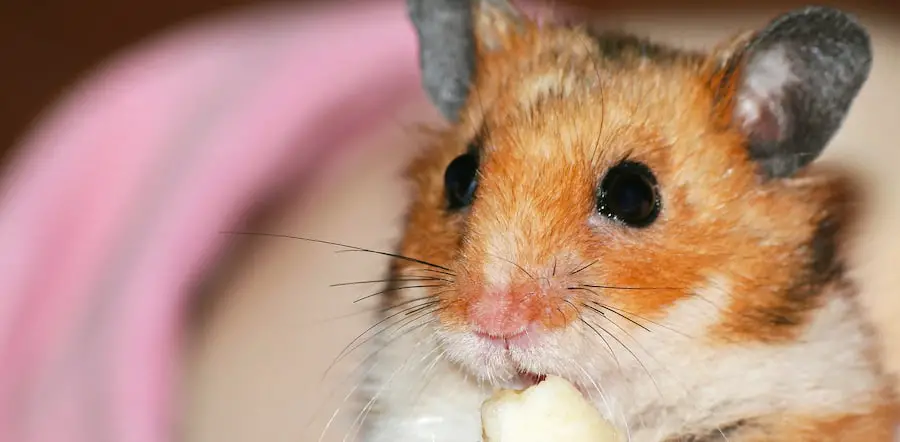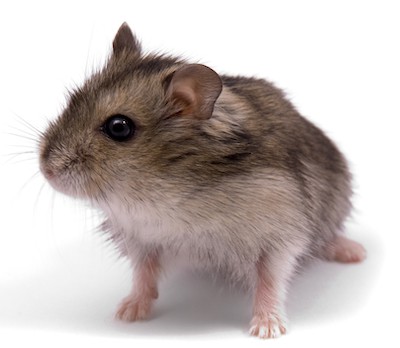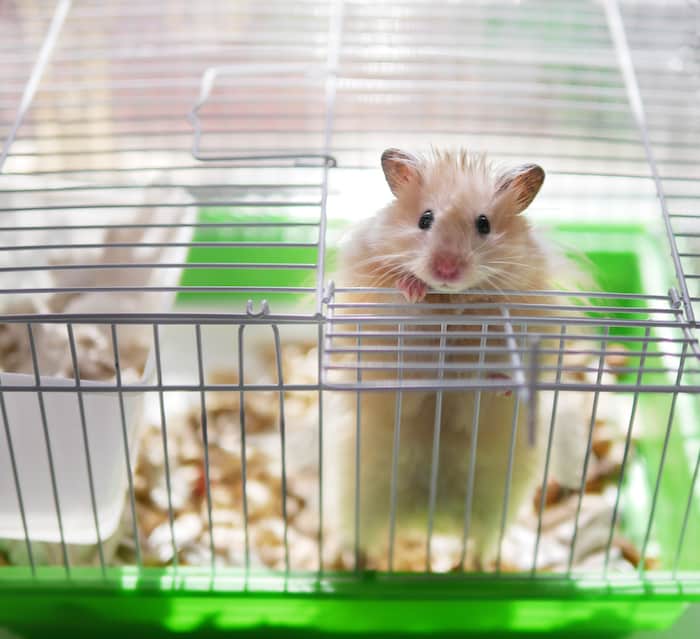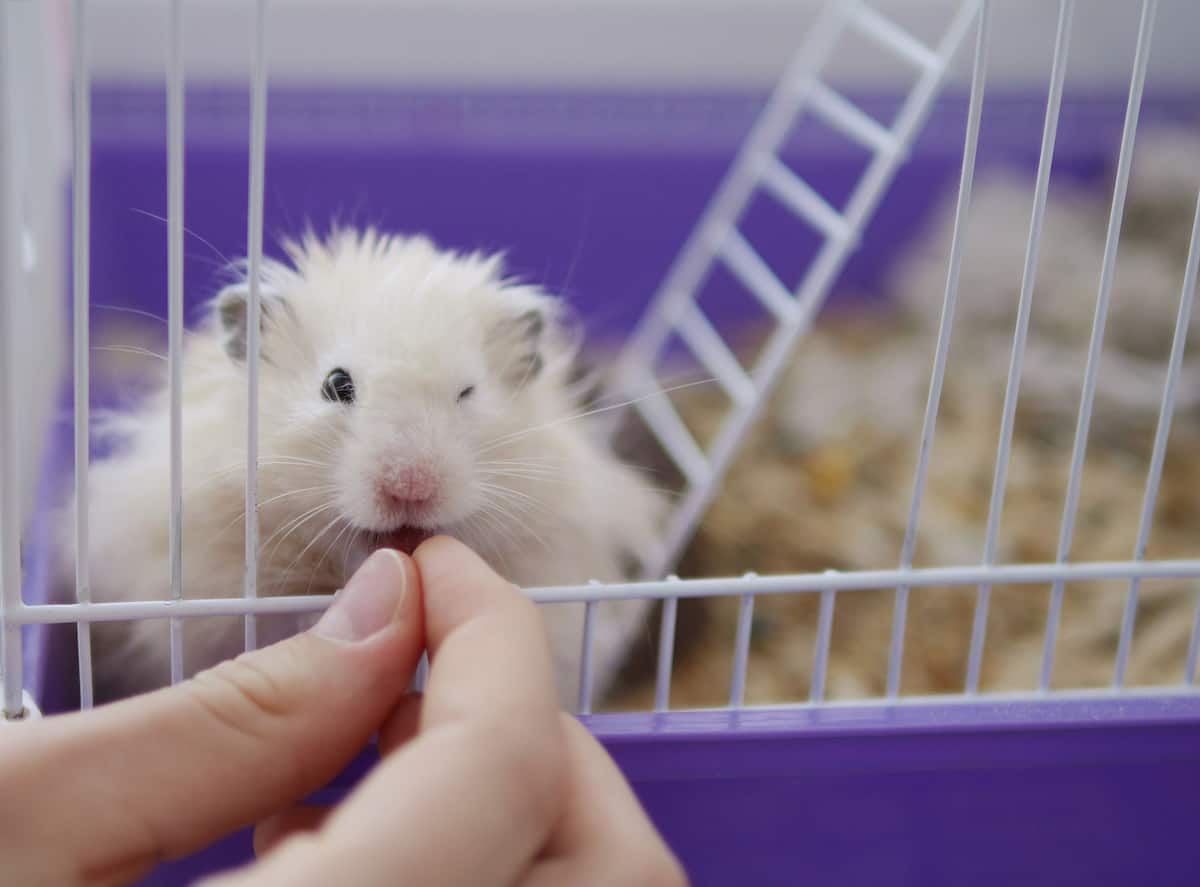Published on
Maybe you're the new owner of a cute little hamster, or perhaps you're just trying to figure out if a hamster is a perfect pet for your family.
Either way, you need to figure out what your hamster needs and what you need to add to your shopping list to make sure your adorable little friend is kept healthy, happy, and safe.
As a pet owner, it is your responsibility to make sure your hamster has all those things it needs to live a good life. They don't need much, but there are a few essential accessories that are a must.

This is our comprehensive guide to hamster accessories. Let's dive in!
[2.] Bedding
To keep your hamster happy, you will need to provide them with an environment that is close to their natural habitat. In the wild, hamsters are prey to many predators, which is why they feel safe when they have somewhere where they can hide.
Burrowing, nesting, hiding food, and digging are things most hamsters enjoy doing. And to enable this behavior, you need to fill the bottom of the cage with bedding. The most common types of bedding with their pros and cons are:
Wood shavings are an inexpensive bedding material that is also absorbent, safe, and soft. It is an excellent material for burrowing. Just make sure you buy commercially packaged wood shavings that are safe for your pet.
Manufacturers of pet bedding ensure the material is dust-free and that it doesn't come with any insects. Aspen is safe; however, never use cedar or pine as they are harmful to hamsters.
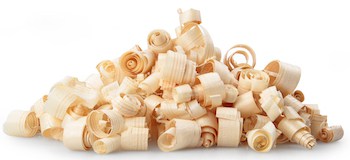
Paper bedding is also inexpensive, safe, and highly absorbent. Some low-grade products may not be safe for your pet, which is why it is important to choose a paper bedding from a reputable brand. This type of bedding will keep odors away and let your hamster safely dig away.
When choosing bedding for your hamster, you need to make sure it is
- Highly absorbent
- Allergen-, dust-, and chemical-free
- Soft and fluffy for burrowing
- Gentle on the feet
You can read more about hamster bedding in this article.
[3.] Water Bottle
Your hamster will always need access to fresh and clean water, which is why they need a water dispenser.
A bowl is not recommended because the water might get dirty quickly. Instead, an automatic water dispenser will help you keep the water clean and make sure it is not tipped over by accident.
The perfect bottle is
- non-leaking to keep the bedding dry to prevent mold
- Made of plastic or glass for easy cleaning
- Easily secured to the cage
- Printed with a grid to track water consumption

[4.] Food dispenser
In addition to water, your pet needs to have food available throughout the day. A bowl is an ok choice, but we recommend food dispensers as they keep the food dry and clean before eating.
These automatic feeders allow you to fill the dispenser with a lot of food, but it will only dispense a little at a time and keep the rest clean and fresh.
Make sure to choose a transparent feeder that allows you to track how much food is left. Also, check that the feeder can easily and securely be fastened to the side of the cage, or that it has a stand that prevents it from tipping.
[5.] Food
We recommend you offer pelleted hamster food to your pet because it has the best nutritional balance, and you can rest assured your hamster gets all the nutrients it needs.
A loose mix of seeds and such is a great supplement, but because your hamster may be picky and choose only their favorite bits, it doesn't guarantee a healthy diet. If your hamster is allowed to pick what it likes, it might lead to a dietary imbalance or weight gain.
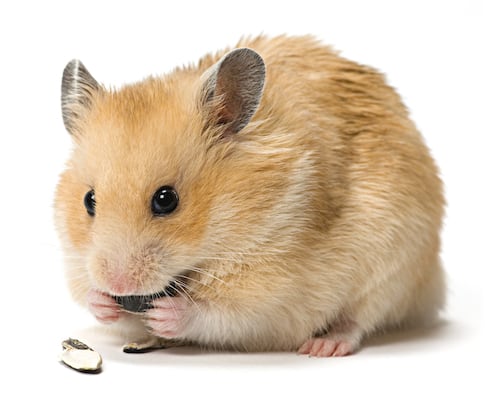
When choosing pelleted hamster food, the best balance for nutrients is
- 16-22% protein
- 8-10% fiber
- 4-6% fat
In addition to pellets and some seeds, you should also offer your hamster veggies and fruits such as
- apples
- bananas
- broccoli
- carrot
- cauliflower
- cucumber
- grapes
- peas
- lettuce
You can also offer your hamster hay, whole wheat pasta, whole grain bread, and cooked brown rice. For protein hamsters love mealworms, crickets, chicken, hard-boiled eggs, and lentils. You can even offer them popcorn (without salt or butter)!
[7.] Hideout
In the wild, hamsters are prey animals, and they need a hideout or hut to feel safe in their cage.
Most hamsters will use their hamster house for sleeping, hiding, and storing food. They will also love to shred paper towels to make a soft nest inside.
A good hideout for your hamster is small enough to make them feel safe but big enough to allow them to nest comfortably. It is also something you can clean easily to prevent smells.
[8.] Toys
You should also consider buying your hamster toys to keep them active and stimulated. Tubes and tunnels are great for these active creatures, and they will definitely love chew toys, as well. You can also find ladders, seesaws, hammocks, and many other toys to keep them busy.
If you want to offer your hamster the experience of roaming the house freely, you might even get a hamster ball. Just remember never to leave the hamster unattended when inside the ball, and you should never use it for long periods, just short outings from the cage.
These are the basic accessories that are guaranteed to keep your pet happy and healthy. With the proper nutrition, stimulating activities, and a safe place they can retreat to your hammy will be living a happy life that fulfills all its needs.
As a responsible pet parent, you are in charge of providing your pet with an environment they can thrive in. It is an easy task, as most products are readily available – just remember to choose those safe, high-quality products and your good to go.
